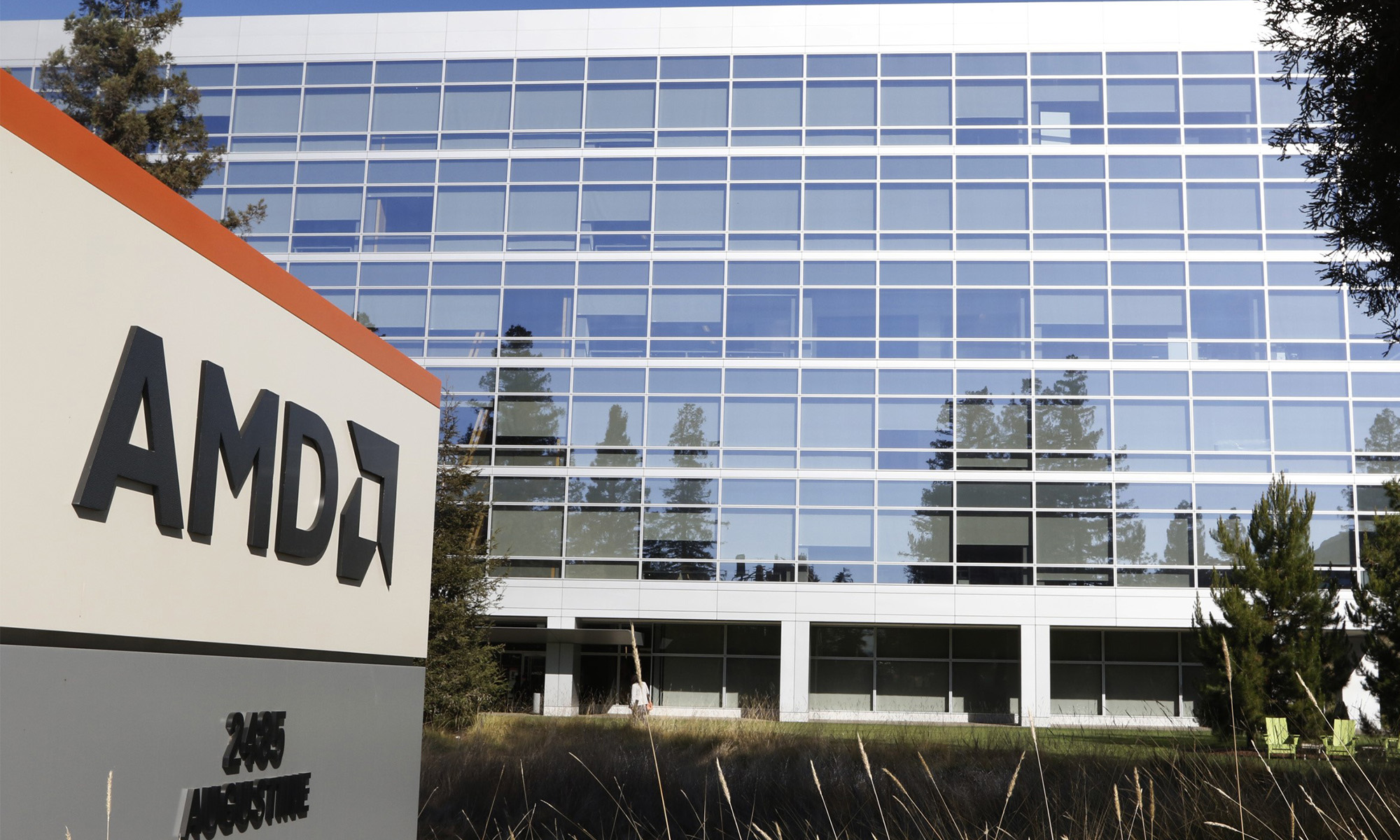
The financial press, ever eager to anoint new darlings, has lately turned its gaze upon Nvidia with the reverence once reserved for minor deities. Yet amidst this gilded adoration, another silicon purveyor has begun its familiar dance at the periphery-a company whose history reads like a chronicle of near-misses and glorious almost-weres.
Advanced Micro Devices, long the plucky suitor to the semiconductor industry’s belle of the ball, now declares itself a “leader” in AI accelerators. One might be forgiven for imagining a team of engineers in Santa Clara, clutching their blueprints like debutantes at a ball, whispering: “Surely this time, we shall tread upon the prince’s toes.” Their Instinct MI300 chip, they claim, nips at Nvidia’s heels with “competitive performance tiers”-though one suspects the gap remains wider than a London taxi’s turning radius.
The Illusion of Parity
Nvidia’s dominance in AI hardware is not merely a matter of market share, but of ecosystem inertia-a digital Goliath whose proprietary tools cling to developers like ivy to a castle wall. AMD‘s counteroffer, the ROCm open-source platform, is presented as liberation theology for coders. “Break free!” they cry, ignoring the possibility that developers might prefer locked doors to the chaos of a thousand incompatible systems.
When Microsoft and Meta Platforms deign to use AMD chips in their data centers, one must wonder whether this is genuine conviction or the corporate equivalent of charity. After all, even a blind squirrel finds an acorn eventually-or in this case, a GPU that doesn’t immediately set fire to the server rack.
Megadeals and Magical Thinking
Consider the recent fanfare surrounding OpenAI’s 6-gigawatt “data center partnership.” Let us not quibble over whether this represents actual revenue or vaporware dressed in LED lights. Nor should we dwell on Oracle’s pledge to deploy 50,000 MI450 chips-presumably the same number chosen by rolling dice in a Sunnyvale boardroom.
These “landmark partnerships” allegedly signal AMD’s ascent to hyperscale credibility. Yet one recalls the parable of the Emperor’s New Fabric: when everyone agrees the cloth is splendid, it becomes impolite to mention the nakedness beneath.
Ecosystem Building: A Cautionary Tale
AMD’s acquisition of Nod.ai and Silo AI is framed as ecosystem strengthening-a Silicon Valley version of buying friendship through marriage. But as any debutante knows, purchasing a tiara does not guarantee a crown. The company’s bet on Groq and similar startups resembles a gambler doubling down on a hand he cannot win, praying for a miracle card.
The Contrarian’s Verdict
To the herd mentality of Wall Street, AMD appears a “growth story” with “long-term promise.” The contrarian investor, however, sees a company perpetually one generation behind, selling shovels in a gold rush it cannot win. Yes, the MI450 may dazzle next year-but so might the next iteration of Nvidia’s technology, which will likely render AMD’s triumph as fleeting as a summer cold.
Investors seeking a piece of the AI boom might consider AMD’s shares, but with the caution reserved for a dance with a rattlesnake: admire the sheen, but keep a firm grip on your wallet. 🎩
Read More
- Bitcoin’s Ballet: Will the Bull Pirouette or Stumble? 💃🐂
- Can the Stock Market Defy Logic and Achieve a Third Consecutive 20% Gain?
- Dogecoin’s Big Yawn: Musk’s X Money Launch Leaves Market Unimpressed 🐕💸
- Deepfake Drama Alert: Crypto’s New Nemesis Is Your AI Twin! 🧠💸
- LINK’s Tumble: A Tale of Woe, Wraiths, and Wrapped Assets 🌉💸
- XRP’s Soul in Turmoil: A Frolic Through Doom & Gloom 😏📉
- SentinelOne’s Sisyphean Siege: A Study in Cybersecurity Hubris
- Unbelievable News: Brazil’s B3 Stock Exchange to Unveil a Stablecoin Next Year!
- Ethereum’s DeFi Domination: Why Rivals Are Feeling the Squeeze 🤑
- Zcash Climbs 12% in an Unexpected Heroic Comeback-Even Coins Have Feelings, You Know?
2025-10-20 09:06